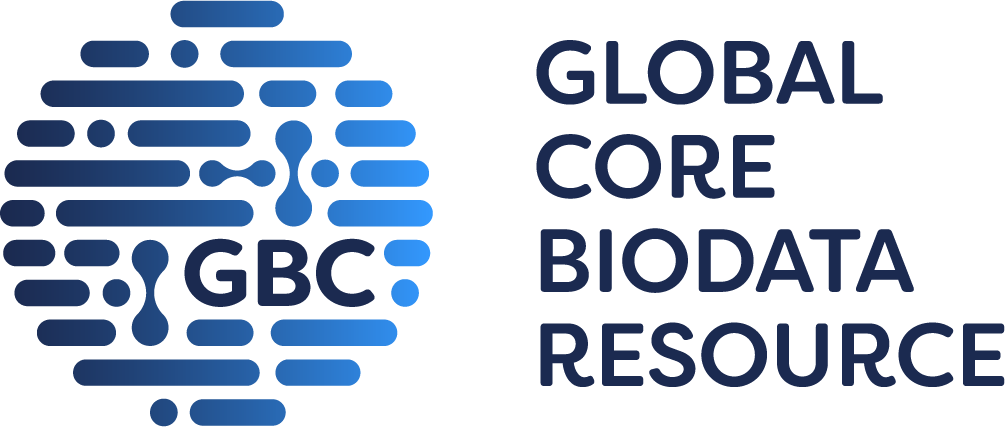mortality/aging
|
• birth of mice does not follow Mendelian ratios, with 10.3% of progenies being homozygous mutant mice
(J:144939)
• homozygous mice born show normal body size and no apparent behavioral abnormalities
(J:144939)
• only a third of homozygotes survive to adulthood
(J:275147)
|
|
• most of the homozygotes that survive to E18.5 are dead upon birth or die perinatally, with only 7.2% alive at weaning
|
|
• although homozygotes are present at normal Mendelian ratios at E10.5, reduced numbers are detected at E14.5, E18.5 and at weaning; ~50% of homozygotes die between E10.5 and E14.5
|
growth/size/body
|
• at E10.5, 21% of homozygotes appear developmentally delayed
|
|
• at E14.5, 14 of 31 homozygotes show reduced size
• at E18.5, most (7 of 12) homozygotes are smaller than normal
|
craniofacial
|
• at E18.5, homozygotes show clefts in the basioccipital bone
|
|
• at E18.5, homozygotes show clefts in the basisphenoid bone
|
cardiovascular system
| N |
• in vitro angiogenesis of E14.5 umbilical arterial explants in response to VEGF signals is normal
|
|
• at E14.5, placental labyrinth vascularization is less dense with significantly decreased CD31+ staining relative to controls
• labyrinth vasculogenesis is significantly decreased, with 27% fewer blood vessels per unit area, and a 31.1% increase in the average lumen size of blood vessels relative to wild-type controls
• however, labyrinth thickness is normal
|
|
• at E14.5, 14 of 31 homozygotes show decreased vascular branching
|
|
• at E10.5, 21% of homozygotes show cardiac defects
|
|
• homozygotes exhibit early cardiac defects
|
|
• at E10.5, atrioventricular endocardial cushions are poorly developed (hypocellular), with significantly fewer mesenchymal cells relative to heterozygous controls
|
|
• at E10.5, the endocardium appears to be largely detached from the myocardium
|
|
• mesenchymal cushions at the apex of the interventricular septum (IVS) are smaller and the septa are not closed by E14.5
|
|
• IVS shows diffuse hyper-trabeculation and non-compaction of myocardial fibers
|
|
• at E14.5, homozygotes show IVS defects, consistent with abnormal cardiac cushion formation and maturation
|
|
• at E14.5, the heart right ventricles appear smaller and misshapen
• however, atrial chambers appear grossly normal
|
|
• at E14.5
|
|
• at E14.5, ventricular walls are thinner and hypocellular
|
|
• at E10.5, 21% of homozygotes show pericardial edema
|
|
• at E14.5, the ventricular epicardium is separated from the myocardium with red blood cells in the subepicardial space, unlike in heterozygous control hearts
|
|
• at E14.5, placenta hemorrhages are observed
|
|
• at E18.5, 25% of homozygotes show severe subcutaneous hemorrhages
|
embryo
|
• at E14.5, placental labyrinth vascularization is less dense with significantly decreased CD31+ staining relative to controls
• labyrinth vasculogenesis is significantly decreased, with 27% fewer blood vessels per unit area, and a 31.1% increase in the average lumen size of blood vessels relative to wild-type controls
• however, labyrinth thickness is normal
|
|
• at E14.5, placenta hemorrhages are observed
|
|
• at E10.5, 21% of homozygotes appear developmentally delayed
|
|
• at E14.5, homozygotes show defects in trophoblast development and differentiation, primarily in the spongiotrophoblast lineage
• however, organization of maternal blood spaces and labyrinth trophoblast differentiation are normal
|
|
• expression of spongiotrophoblast markers, Tpbpa and Flt1, are reduced to ~70% of wild-type levels
• at E14.5, the spongiotrophoblast layer is thinner, highly disorganized, and contains less Tpbpa+ cells than wild-type or heterozygous control placentas
|
|
• at E14.5, the spongiotrophoblast layer is thinner
|
homeostasis/metabolism
|
• at E10.5, 21% of homozygotes show pericardial edema
|
|
• at E14.5, 15 of 31 homozygotes show subcutaneous edema
|
integument
|
• at E18.5, 25% of homozygotes show severe subcutaneous hemorrhages
|
|
• at E14.5, 15 of 31 homozygotes show subcutaneous edema
|
limbs/digits/tail
|
• at E14.5 and E18.5, homozygotes show forepaw oligodactyly, with digit V missing
• however, carpal and long bone formation are normal
|
skeleton
|
• at E14.5, 14 of 31 homozygotes show skeletal defects
• at E18.5, 25% of homozygotes show severe skeletal defects
|
|
• at E18.5, homozygotes show clefts in the basioccipital bone
|
|
• at E18.5, homozygotes show clefts in the basisphenoid bone
|
nervous system
|
• reduced AMPA/NMDA ratio of excitatory synaptic transmission and a selective increase in NMDA but not AMPA receptor-mediated transmission
• dendritic spine numbers, density and ultrastructures in the apical dendrites of CA1 pyramidal neurons are normal
• basal synaptic transmission is normal
|
|
• a markedly enhanced long-term potentiation with no changes in long-term depression
|
behavior/neurological
|
• impaired novel object recognition learning and memory
|
|
• impaired spatial learning memory indicated by significantly increased escape latencies in the hidden-platform Morris water maze test
|



 Analysis Tools
Analysis Tools